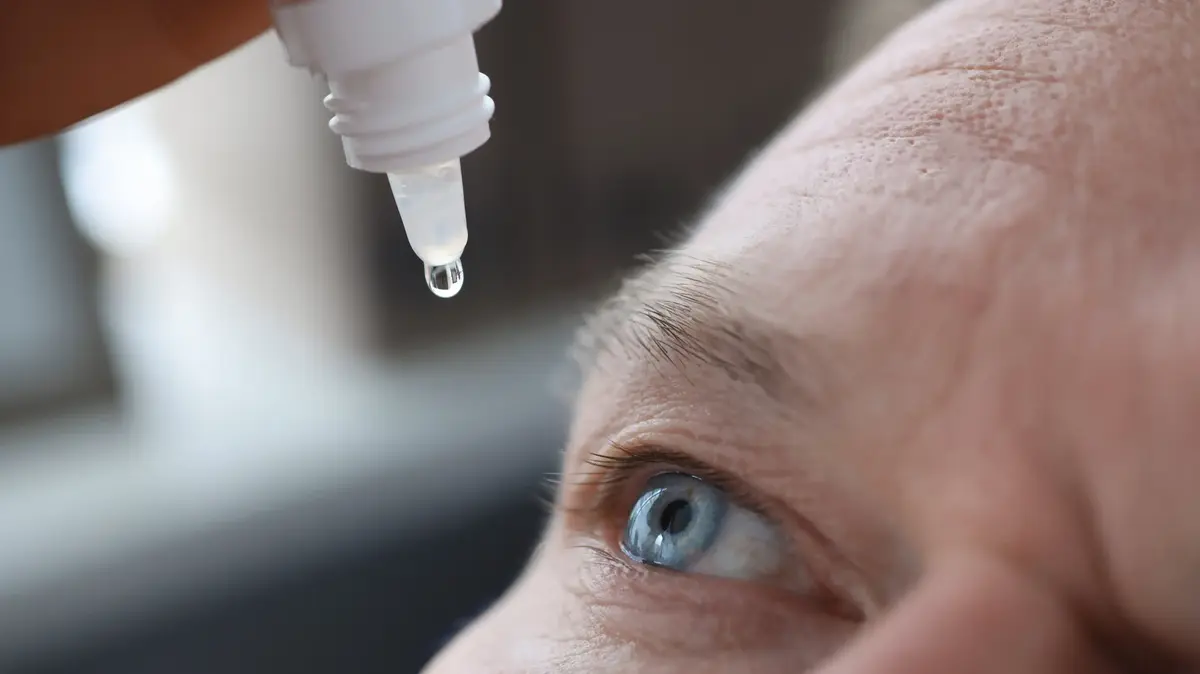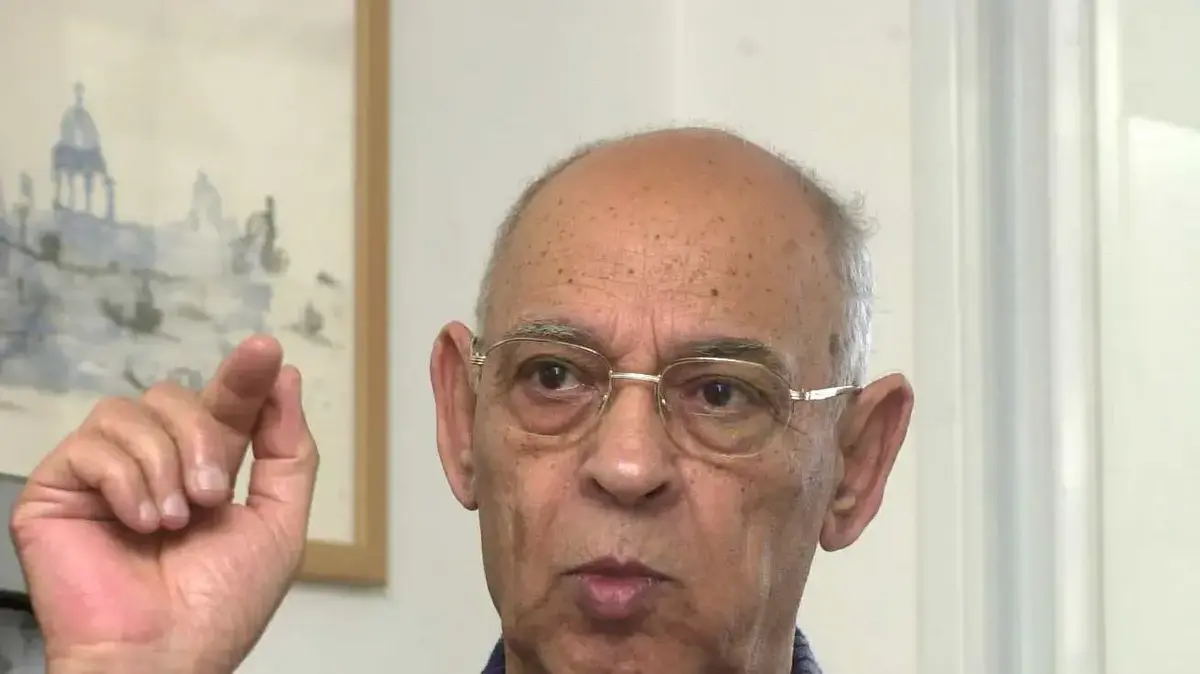A pleasant breeze of spring accompanies us as we descend from the upper parking lot of the Steph to the springs.
All around is green to the fullest of eyes, and the patches of their extremities burn yellow.
The Steppe is one of the most visited sites in the Jerusalem mountains.
In the bird's eye view from the top of the mountain you can see that the lower parking lot is crowded with buses.
The place is maintained by the Jewish National Fund, which has planted trees and prepared paths between the terraces and the ancient stairs.
There are two springs in the complex - Ein Steph and Ein Bikura.
The first eye is the lower spring.
This is an impressive female excavated by man up to a spring inside the mountain, to increase water output.
As a child, I entered the female more than once and also swam in the storage pool, whose waters were clear at the time.
Now the water in the pool is greenish, while the entrance to the female, to the spring itself, is blocked and locked.
It has been said: it is not so pleasant to see a spring closed.
"Ein Bikura is one of the best places to explain to children how a spring is formed," says the tour guide who accompanies us, Benjamin Trooper from Kfar Etzion Field School.
"You can actually see inside the hard layer of cracked rock and the soft layer that was sealed like plasticine and the water spills over it. Today the instructors stand outside the female and explain to the children how a spring is formed, but they do not have the tangible example in front of their eyes.
"About two or three years ago, they decided to close the place, probably due to a safety problem. The Jewish National Fund has no shortage of money. It invested heavily in cultivating the place, and there is no reason not to fix the safety problem. "And such a central site, which has been dubbed the 'Sea of Jerusalem,' operates only at half power."
The price of construction
The attempt to find up-to-date data on the condition of the springs around Jerusalem revealed pottery.
The last report with a comprehensive review of the springs was made in 2011. The survey was conducted by Ariel Cohen and Dana Feiman on behalf of the Water Authority, the Nature and Parks Authority and the Hydrological Service. Out of 67 springs in the Jerusalem mountains, only 46 were found.
"In 29 springs very good water qualities were measured. In eight springs medium water qualities were measured, and in nine of the springs poor water qualities were measured, indicating anthropogenic effects, probably of poor sewage infrastructure," the report concludes.
"The goal is to conduct such surveys once every five years to obtain the quantitative and qualitative information," says Ariel Cohen, director of surveys and environmental research at the Nature and Parks Authority.
"But more than ten years have passed since we conducted the previous survey. It can be said that in springs, whose feeding areas are far from residential and industrial, there is no problem with water quality. We see problems where there is close proximity between springs and damaged sewage infrastructure. "And if it is in the flow path to the spring we will see the effects of it also in the spring itself. We also see springs that have dried up completely due to construction and paving of roads. In general there is less water in the springs today".
Who is actually responsible for the springs? Nature and Parks Authority? The Jewish National Fund? Israel Land Administration? Ministry of Environmental Protection? water Authority? Maybe the problem is with the multiplicity of bodies?
The Nature and Parks Authority is responsible for several springs: Ein Haniya, Ein Lavan, Ein Hemed, Telem Springs in the Cedar Valley and Ein Pilots.
The springs are important not only for human well-being, they are of great importance in the ecological services they provide to animals and plants as a source of water in a dry and hot environment.
The JNF is responsible for the steppe and Ein Handak. All other springs are basically under the Israel Lands Administration, but Rami is not a body that maintains or develops an area under its responsibility, but only keeps it from being invaded by foreigners.
"Those who can develop the springs are also the regional councils. But from our experience with some pilots, the councils are not happy to take responsibility for small springs. It is a headache and also increases the risk of drownings and consequently also claims. So in practice no one will protect most springs and they are In the no-man's land. There are also springs that are at risk of loss as a result of construction plans. When we and the Society for the Protection of Nature expressed opposition to the plans it did not help. ".
According to a professional source in the field of hydrology, since the survey from a decade ago, the situation has not improved, and currently spot samples indicate severe pollution (as a result of sewage) in Lifta and the entrance to Jerusalem, and high pollution in Ein Yael, on the outskirts of Malcha.
Lifta and Ein Yael are close to residential neighborhoods, access to them is relatively easy, so they are central sites for the Jerusalem public that attract large crowds - an audience unaware of the danger of pollution.
Another polluted place, less familiar to the general public, is Maayan Yochanan in the desert, which is located inside a church under Moshav Even Sapir.
From the steppe you can see the wall of the old church and the dwellings above it.
"In most of the moshavim houses there is no orderly sewage but septic tanks. Some of these cisterns are cracked and their contents seep directly into the spring. Inside the cave in which the spring flows, you can actually see stalactites of feces," says the expert.
"In the spring itself, not only ultrasonic bacteria can be found in the water, which are the result of human sewage, but also nitrites. This is a component in the feces that decomposes within 36 hours of leaving. This means that the sewage seeps into the spring in a short time."
Another particularly polluted spring is the Gihon in the Kidron River, to which sewage from the Old City, which has damaged infrastructure, seeps.
Another group of springs, which has a relatively low pollution but is at high risk, is 12 springs in the white ridge - which include, among others, Ein Lavan, Ein Aminadav and Ein Tamar.
The National Planning and Building Commission has already approved a construction plan on a white ridge, which could be fatal to the springs below it.
The "Save the Jerusalem Mountains" movement, founded in 2020 by young Jerusalemites, is struggling with these construction plans.
"These are destructive programs at the expense of the open and abundant springs in Jerusalem," says Maya Starr, one of the founders of the activist organization.
"We recently established the lobby for the protection of the Jerusalem mountains in the Knesset. The general public is so thirsty, literally, for natural pearls. Instead of opening them, we are zeroing in on the springs."
Fear of landslides
From the steppe we continue to Ein Tzova, the entrance to which is through Kibbutz Tzova.
The mounted access to the spring is locked at the gate, and we leave the vehicle and walk.
We are greeted by a "no entry" sign hanging over a shed and wooden benches.
Everywhere it is evident that the site knew better days.
It used to be developed and bustling with life, as evidenced by the beautiful explanatory signs about the place erected by Kibbutz Tzova.
Signs show photographs of the shaft, the ancient female with the stone arches and the underground collecting pool, which date to the Second Temple period.
The shaft itself is blocked with a thick and locked metal lid, in the outdoor pool a shallow water supply, a green egg supply.
The lower entrance to the spring is also closed by a gate, and the road to it passes through a thicket of muddy bushes.
In the past, the kibbutz drew water from the spring and would also operate the place, and entry to the site involved a fee.
Today the site is abandoned and it is not clear who owns the place.
Benjamin Trooper, tour guide: "Once there are reports once a decade, it's hard to figure out what the source of the pollution is,
The kibbutz claimed that the place was no longer their responsibility and that it had been transferred to the responsibility of the Nature and Parks Authority.
The signs prohibiting entry are signed by the Israel Lands Administration.
The Nature and Parks Authority did not know if the site was their responsibility, but after an inspection they explained that "the Tel Tzova area is an approved but undeclared national park, the spring, Ein Tzova, is not in the park area. There is a future plan to include the spring in an extended plan."
But until the plan is implemented - the site is deserted and neglected, and mostly empty of travelers.
Apart from two young people doing the Israel Trail that passes nearby, we did not meet anyone.
The entrance to Ein Handak is also closed with a bolt-locked gate.
A row of vehicles is parked next to it.
These are vehicles of the following at the gates of Ein Kerem Hospital.
Drivers save a few shekels, and instead of entering a neat parking lot, park at the dangerous bend of the road.
At the edge of the gate are piles of debris from food wrappers, and a narrow passage for pedestrians.
We descend on foot on the asphalt road amidst the green undergrowth, which last flower stains, remnants of spring, still dot.
The cheers of hikers rising from the depths of the wadi disturb the serenity.
Near the spring itself there is a neat parking lot, a reminder of the days when the gate was open and hikers could get with their car to the spring itself, at a time when the place was bustling with life and a magnet for hikers.
Everywhere signs are shouting in red that entry is forbidden and dangerous.
The deep shaft that descended to the female was blocked with iron bars, and the magnificent ladder, which as a girl I was privileged to go up and down, was sawn in two and also attached to the female opening, as an additional layer of bars.
The lower entrance to the females is also blocked by a fence that has no entrance signs.
We sneak in anyway and go down the ancient stairs to the storage pool.
The system of females and the pond was used by the locals thousands of years ago for irrigated agriculture.
The females are full of murky water, and a flock of flies buzzes in their openings.
Some girls like us bypassed the fence and went in to waddle.
Inside the females, which spread over nine meters, the water is deeper, and can reach a height of 120 cm, but entering them is dangerous for fear of landslides.
Trooper points to signs of collapse in female opening.
"I understand that it is dangerous to go inside, but instead of renovating the place, and preventing the further collapse, here too they went for the miracle solution. Is there a problem? So we will block, close, fence and lock."
"Our world is polluting"
Trooper, a father of five, a resident of the City of David, is also the brother of Hili Trooper, Minister of Culture and Sports.
I ask him, if he was the Minister of the Springs of Jerusalem Mountains - what would he do to save the springs.
"Wherever it is a safety issue, and not a question of water quality, I would take care to maintain and renovate the site while trying to maintain the natural visibility of the place. Obviously renovation sometimes harms the natural visibility, but at least you can visit the place, see and learn the ancient culture. From what we saw today, it is possible to open three springs this way because the problem is safety. When it comes to the quality of the water itself, first of all I would start with regular monitoring. Once you do not check consistently, and there are reports only once a decade, Of things, and what the polluting factor is.
"Obviously there are things that can not be solved. Our world is polluting. But we need to differentiate between different levels of pollution. There is pollution at a level that the water is not drinkable but can be touched, entered and waddled. Today, when all of Jerusalem is built on the spring. There are places that we may not save, but from research we can save other springs, in places where future construction is planned such as white ridge. If the problem is leaks in sewage infrastructure then the state "We have not been able to save. It is in the interest of the state to preserve nature and beauty. In the end, the quality of life of all of us is affected by it."
* A report by the Water Authority, the Nature and Parks Authority and the Hydrological Service, conducted in 2011, found that out of 67 springs in the Jerusalem mountains, only 46 were found water
* In 29 springs very good water qualities were measured, in 8 springs water qualities were measured Medium, and at 9 - poor water qualities
The JNF spokeswoman responded: "Regarding Ein Tzova, we have no answer because it belongs to the Nature and Parks Authority.
As for Ein Handak, unfortunately, there is a danger of a huge rock collapsing, and we have no interest in endangering even one hiker so do not take unnecessary risks.
The issue is currently under investigation until a solution is found.
As for the first eye, the renovation of the female will begin in June, with an investment of hundreds of thousands of shekels, and the spring is expected to open as early as the Tishrei holidays. "
Were we wrong?
Fixed!
If you found an error in the article, we'll be happy for you to share it with us








